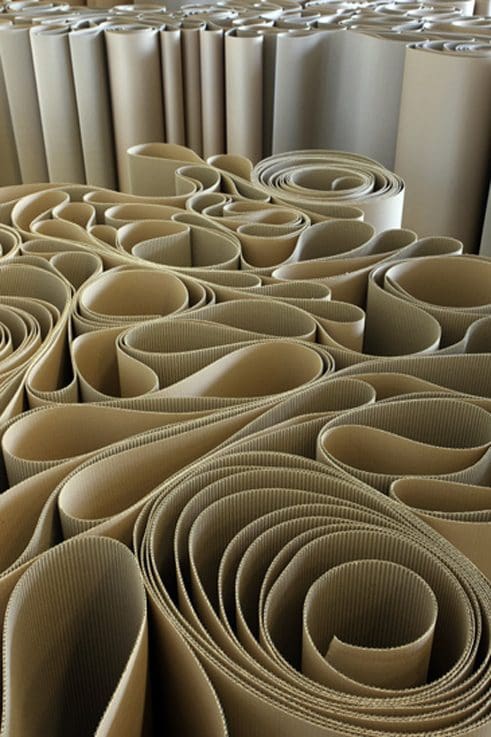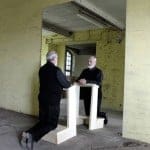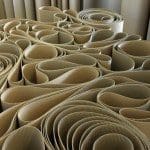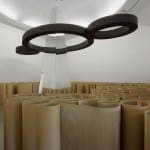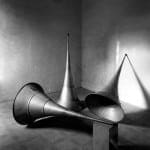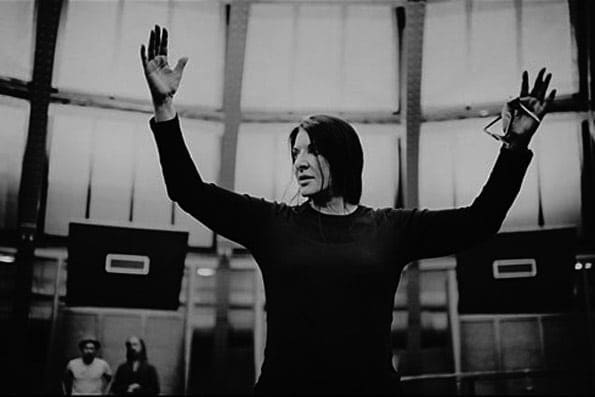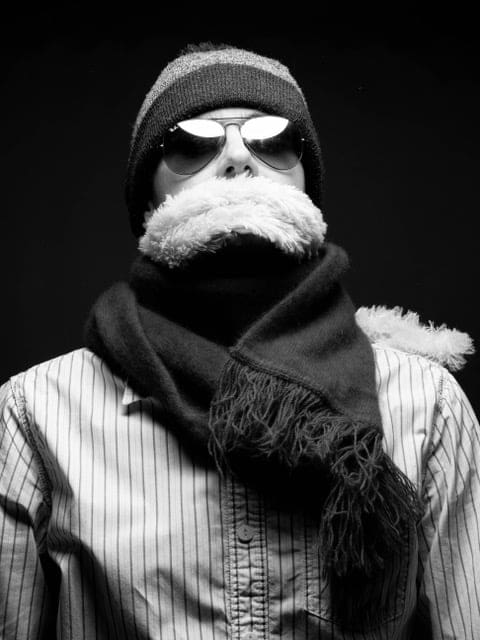Leaving Serpentine Gallery I faced a bewildering encounter with Kensington Gardens; my face resisted against the dusky breeze, lungs opened hospitably to the air and I was self-assured the green expanse continued beyond the horizon. I had re-entered a space of certainty and familiarity, a departure from the constricted navigation and deceptively benign buttress of Michelangelo Pistoletto’s The Mirror of Realisation. The exhibit is an effecting reproduction of Pistolletto’s Labryinth installation and featured previous installations used by the inter-disciplinary visual artist.
The Labryinth is a path fenced using corrugated cardboard. The fence appeared to writhe and recoil throughout the gallery. Guests followed a confined route of tight bends until they met an abrupt enclosure or a continued path posing as a dead end. The dense, intricately folded borders dominated the room, appearing like the molecular cross section of a formidable creature.
The choice of material stifled the air to an asbestic degree. Hidden amongst the malodorous material were chance encounters with objects and mirrors. The objects ranged from a prayer mat (part of the three piece The Time of Judgement instillation) to a high-rising mirror-faced obelisk (Obelsik.)The instillations shared themes of grandness in either semiotics or stature. Structures and objects channelled ominous connotations and inquisitive inspection, whether inherently intriguing and frightening or not.
The use of the eponymous mirrors had an expertly illusory effect. Peering over a circular pen (Mirror Well) visitors flinched back, startled. A sense of vertigo stunned due to a well-placed mirror under a skylight: a plunge into the sky felt like a real world threat. Herein lay the most spectacular accomplishments of the various instillations of Pistoletto’s Labyrinth – the provocation of stability, curiosity and reaction.
A statue facing a mirror (The Time of Judgement), a narrow gap in between it and the glass, provided an instinctive curiosity too natural to resist. Spectators hopped around it, attempting to view the anterior image as entirely as the posterior; to see what her left hand was doing when viewed from the right and vice versa. With Obelsik, a black wooden circle surrounded the peak. The segment blocked by the obelisk was recreated with the reflection of the opposing side. The over-arching structure made close-by visitors invisible as they crept into the blind spot of reflection. Passers-by who appeared to be within touching distance vanished from the eye line.
The cardboard Labyrinth ricocheted with gasps, nervous giggles, whispers of jubilation and investigative scowls. Simultaneous senses of discovery and anxious uncertainty were elicited, reflected in the chatter of reaction in Serpentine Gallery. The Mirror of Realisation both dwarfed and liberated; passageway was provided but confidence in perception dwindled. The road, as Pistolleto promised, was ‘unforeseeable’. His proposed trajectory towards ‘a place of revelation, of knowledge’ was the relief from suffocation and confrontation with artefacts of intrigue and wonder.
‘Michelangelo Pistolleto – The Mirror of Realisation’ is showing at the Serpentine Galleryuntil 17 September
words Stefan Nicolaou

